65 F. average high on April 30.
46 F. high on April 30, 2014.
2.3 F. April was 2.3 F warmer than average in the Twin Cities.
April 30, 2004: After a high temperature of 91 the day before in the Twin Cities, the mercury tumbled to 47 degrees by morning. St. Cloud shed 50 degrees over 12 hours.
April 30, 1967: Tornado hits southern Minnesota. Some of the towns affected were Albert Lea, Waseca, Wells, and Owatonna. Source: Twin Cities National Weather Service.

"Paul, are we going to have good weather?" Who's asking? It's been a lovely spring for cyclists and runners but a lousy spring for farmers, rightfully paranoid about drought. We're looking at a 6- month boating season this year, but water levels are down, statewide.
4 of the last 5 springs have been "historically wet". June 2014 was the wettest month, statewide, on record. Will history repeat itself again in 2015? With a moderate to strong El Nino taking shape in the Pacific this year may be different.
Most of Minnesota requires 3-6 inches of rain to pull out of the drought, which is now severe over central and northwest Minnesota. So if friends or loved ones whine about rain anytime soon please set them straight.
Today's showers only settle the dust; heavier T-storms rumble in late Sunday. A few may even turn severe with hail and damaging winds.
A serious dent in the drought is possible next week. A slow-moving storm pushing across the Plains drops 1-2 inches of badly needed rain between Tuesday & Thursday.
It's been a magical week but the weather is almost too nice: too sunny, too dry. If it rains a few inches next week farmers will be doing cartwheels in their fields!

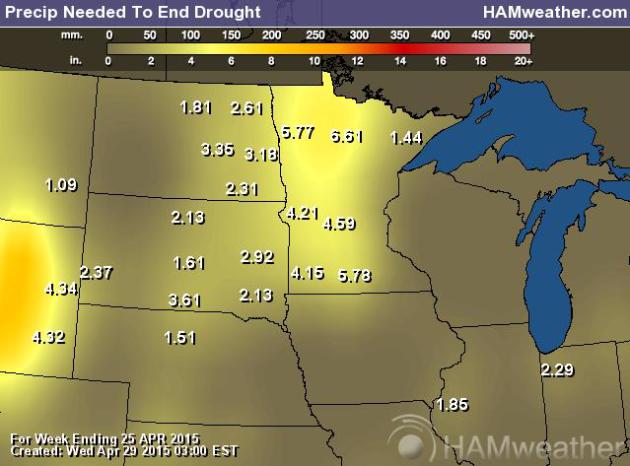
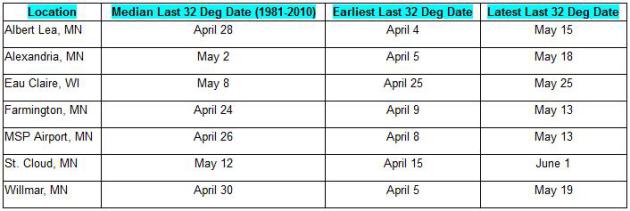

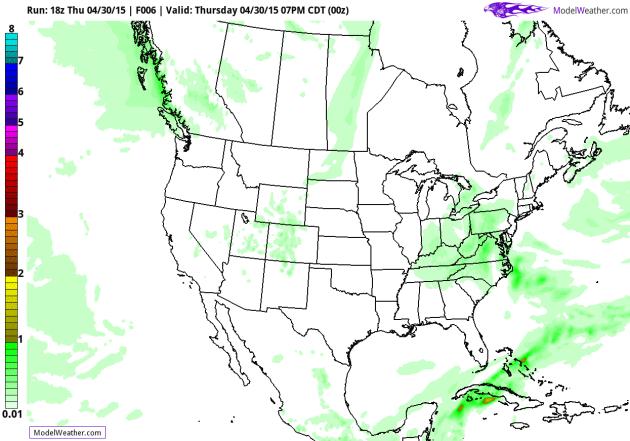
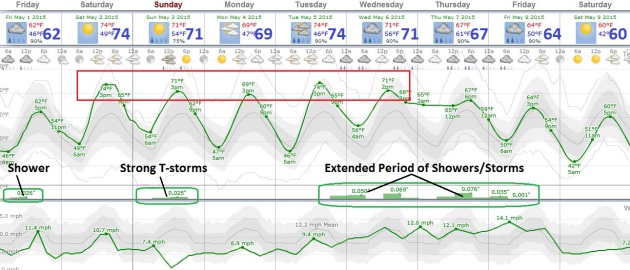
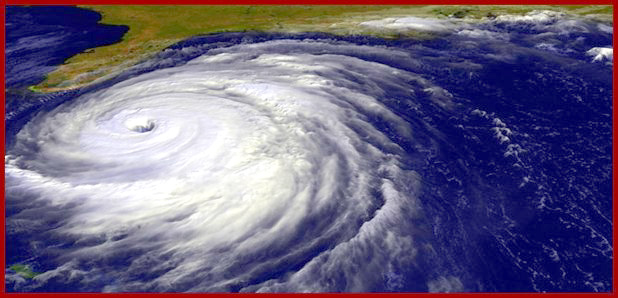

Why Tornadoes Find and Flatten Trailer Parks. No, mobile homes don't "attract" tornadoes in some strange and supernatural way, but in most metro areas the regions where trailer parks are most likely to be located is also at heightened risk of tornadoes, as explained by azcentral.com; here's an excerpt that made me do a double-take: "...This gets complicated, meaning I didn't understand it very well, but the study showed some statistical evidence tornadoes cause the most damage in "transition zones." Those are areas of the Earth's surface where two distinct types of landscapes meet. That would include areas such as the fringes where urban sprawl and farmland or forests and plains meet. And those fringe areas tend to be where trailer parks are most frequently located..."
Photo credit above: "Mike Cook surveys the damage in what is left of his home at River Oaks mobile home community in Sand Springs, Okla., Thursday, March 26, 2015, after a tornado on Wednesday. Oklahomans salvaged soggy belongings Thursday after the Plains' first tornado outbreak of the year." (AP Photo/Tulsa World, Mike Simons).
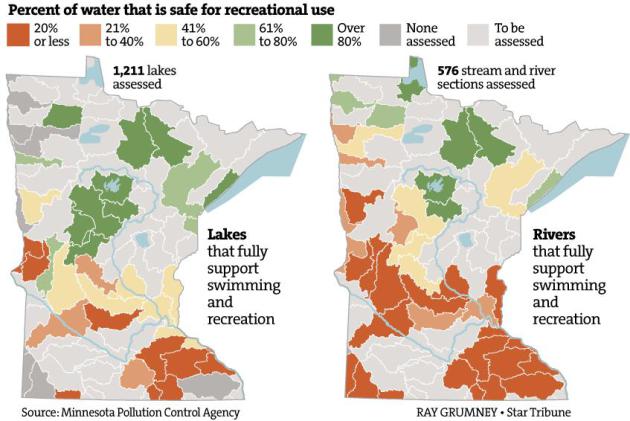
Half of Southern Minnesota Lakes and Streams Too Polluted For Safe Swimming, Fishing. The Star Tribune has the story - here's the introduction: "Half
the lakes and rivers in southern Minnesota are too polluted much of the
time for safe swimming and fishing, according to a new state survey
that could intensify efforts to protect Minnesota’s surface waters. The
finding emerged from a five-year assessment of Minnesota’s watersheds by
the Minnesota Pollution Control Agency (MPCA), which concluded that the
problems are worsening and will require 20 to 30 years to address..."
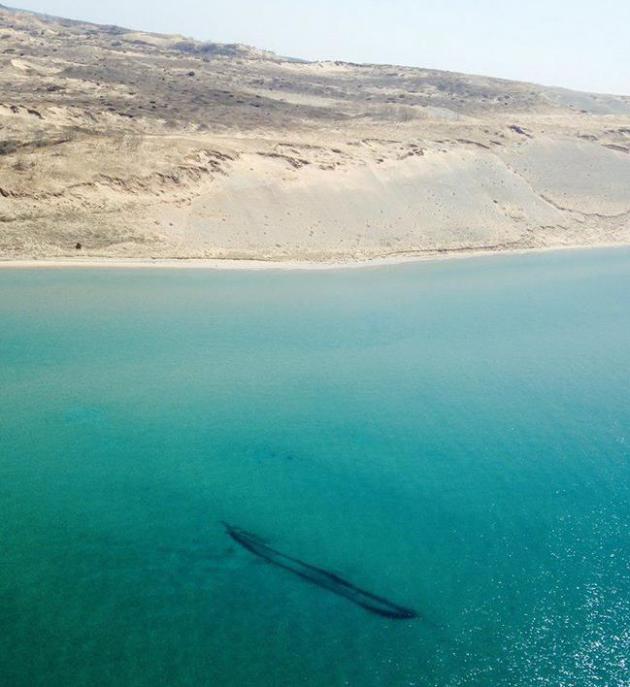
Lake Michigan Is So Clear Right Now That Shipwrecks Are Being Discovered From Planes. The Verge has an interesting story; here's the intro: "That’s
not a sunken ship in the Bahamas you’re looking at, but an ill-fated
vessel in the frigid waters of Lake Michigan. The great lake is
currently in a state of springtime transition that occurs each year
after the winter ice melts and before the return of summer sediment and
algae. A US Coast Guard aircrew photographed the wreckage of several ships
last week during a routine patrol along the northern shoreline. One of
the pilots, Lt. Cmdr. Charlie Wilson, told NPR that it’s "fairly common"
to spot an old wreck on patrols "but not in the numbers we saw on that
flight..."
Image credit above: U.S. Coast Guard Air Station Traverse City
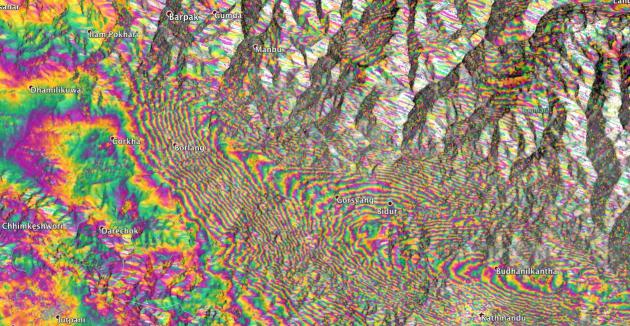
Mt. Everest Shrank As Nepal Quake Lifted Kathmandu.
Live Science has an interesting article about satellites so sensitive
they can measure the recent ground-shift triggered by the 7.8 magnitude
quake. Here's an excerpt: "The first good view of the aftermath of
Nepal's deadly earthquake from a satellite reveals that a broad swath of
ground near Kathmandu lifted vertically, by about 3 feet (1 meter),
which could explain why damage in the city was so severe. The new
information comes from Europe's Sentinel-1A radar satellite. Scientists
are racing to interpret the Sentinel data, which were made available today (April 29) just hours after the satellite passed over Nepal..."
Image credit above: "Satellite radar image of the ground changes due to the magnitude 7.8 Nepal earthquake on April 25." Credit: ESA SEOM InSARap Study - Norut/PPOlabs/Univ. Leeds.

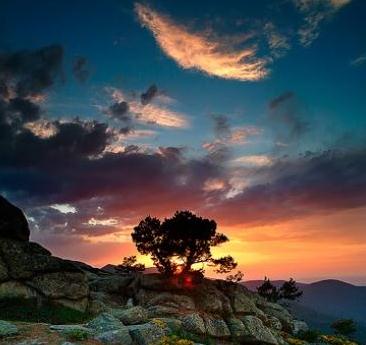
Don't Freak Out But The Universe May Be A Hologram. Sorry, I'm freaking out - I can't help myself. Here's the intro to a story at Fusion: "Everything you know to be true may be an illusion, specifically, an optical illusion, according to scientists who suggest our universe is a hologram. This is not the first time the possibility has been raised, but it is the most convincing. New research from scientists at the Vienna University of Technology concludes that the holographic principle is possible in the context of a mostly flat space-time continuum. Let’s back up..."
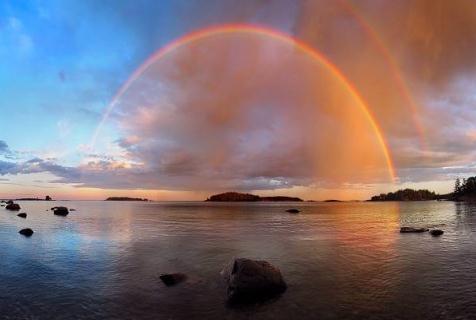
TODAY: Patchy clouds, few showers. Winds: SW 10. High: 66
FRIDAY NIGHT: Partial clearing. Low: 50
SATURDAY: Sunnier, drier day of the weekend, mild breeze. Winds: South 10-20. High: 76
SUNDAY: PM T-storms, strong to severe? Wake-up: 60. High: 77
MONDAY: Some sun, drying out a bit - temporarily. Wake-up: 51. High: 68
TUESDAY: Clouding up, showers arrive late. Wake-up: 49. High: 66
WEDNESDAY: Heavier showers, few T-storms. Wake-up: 53. High: near 70
THURSDAY: Showers and storms, locally heavy rain. Wake-up: 57. High: 72
Climate Stories...

Study Finds Global Warming as Threat to 1 in 6 Species. The New York Times reports; here's the intro: "Climate change could drive to extinction as many as one in six animal and plant species, according to a new analysis. In a study
published Thursday in the journal Science, Mark Urban, an ecologist at
the University of Connecticut, also found that as the planet warms in
the future, species will disappear at an accelerating rate. “We have the
choice,” he said in an interview. “The world can decide where on that
curve they want the future Earth to be...”

Minnesota House Says "What Climate Change"?
I honestly thought we were better and smarter than this. I'm a
recovering Republican, one who still responds to evidence, data and
science. Call me crazy but conservatism should probably apply to the
environment, God's Creation, the very thing that sustains us. What's the
most important thing you can do as a citizen to address climate
volatility, a scientific reality that will impact our families for
generations to come? Vote persistent science luddites in St. Paul out of
office. No, they're not scientists, but many of these (alleged)
representatives aren't listening to the real scientists either. They're
sticking their fingers in their ears, protecting special interests and a
campaign donations, not the common good. They certainly aren't looking
out for your long-term interests. Here's an excerpt from The Star Tribune: "...And
yet they did, voting almost exactly along party lines against admitting
that climate change even exists. They aren’t scientists, after all.
Well, most of them aren’t. Rep. Frank Hornstein, DFL-Minneapolis,
said that the very next day the same House passed a bill legislating
that these members will have the final say on complicated, scientific,
water quality levels set by pollution control experts. “This was the
essence of last week,” Hornstein said ruefully. “This is your government
at work.”

Vatican Spells Out Vision For Zero-Carbon World. Once again Pope Francis is assuming a true leadership role, according to a story at The Carbon Brief; here's the intro: "The
Vatican has gathered religious leaders, scientists, politicians and
businessmen under one roof to agree that acting on climate change is a
"moral and religious imperative for humanity". This was the essence of a declaration signed
by the attendees of a one-day meeting hosted yesterday by the Holy See.
It outlines a vision for the future of the planet, including the
adoption of low-carbon energy systems, a shift of investment away from
the military and towards sustainable development, and the transfer of
money from the rich to the poor..."
No comments:
Post a Comment